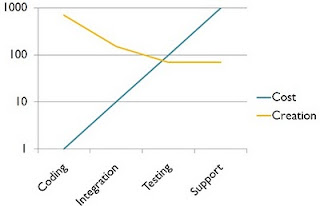Memory Tuning - How OS Page Sizes Can Impact Oracle Performance
Theory Modern operating systems provide each process it's own virtual address space that is potentially larger than physical memory. It does this by mapping the virtual addresses onto actual physical memory pages. The following diagram shows how large virtual address spaces are mapped onto small physical memory. The virtual to physical relationship is maintained in mapping tables. Linux maintains a separate map for each process. The map contains one entry for each page where the size of the page is set by the operating system. The CPU attempts to speed up the mapping of virtual memory to physical addresses by caching a subset of the mapping entries in its internal cache. Modern large memory systems and the resulting large processes have increased the size of memory mapping tables faster than the cpu cache sizes have increased. The processor cache is usually very small with only maybe 100 entries in may processors. This mismatch causes faults that can have ...

